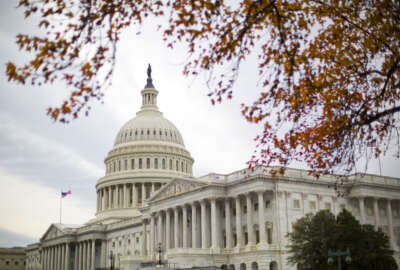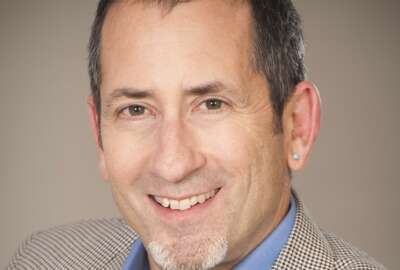
Insurance: An investment you don’t want to pay off
If you buy insurance now and your status changes next year, what happens? Senior Correspondent Mike Causey says you get your own, anytime open season.
Insurance is a funny (but not amusing) thing. It’s an investment that you don’t want to get your money’s worth.
When they buy homeowners insurance, most (sane) people don’t hope their house floods or burns to the ground.
People who take out long-term care insurance don’t pray that they’ll wind up in a facility where someone feeds and bathes them so their premiums won’t be “wasted.” It’s much the same with health insurance.
The fact that you are a 24-year-old vegan, non-drinker who runs three miles a day may make you very healthy, but that doesn’t mean you won’t be hit by a bicycle (or a bus) next year. Stuff happens.
The federal health insurance hunting season, as you probably well know, ends next Monday. Experts say that most people can save $1,000 to $2,000 next year, in premiums, if they shop around. Most people won’t. Each year 94 percent of health plan members remain in the same plan even though they could get equal coverage at a much lower cost by shopping around. For most of us, inertia rules.
But one thing to consider now, for next year, is what if your status changes? Suppose you gain a wife, or shed a husband next year? Does that mean you must remain in a family health plan until the next open season in November 2017? Short answer, no. If you marry, divorce or are widowed next year, you get your own personal open season. You can change from family coverage to self-only. Or self-plus-one if you have a (one) child.
The your-own-personal-open-season rule also applies to people in a Health Maintenance Organization who move to another city or state. They can change plans too. So can people who adopt a child next year.
Bottom line: When deciding what kind of insurance you want/need next year hope for the best, but plan for the worst medical year. Check the out-of-pocket (catastrophic ) limit to you in all of the health plans you are considering. Limit. In the Kaiser self-only HMO plan, your maximum out-of-pocket expenses next year would be $4,300. In the SAMBA high option, which is also an excellent plan, the catastrophic line is $8,980 for a single person.
Tomorrow’s Your Turn radio show will again feature health insurance guru Walton Francis. He writes the Checkbook Guide to Health Plans for Federal Employees and Annuitants. He’ll talk about best buys for singles, self-plus oner’s, families and retirees with and without Medicare Part B. If you have questions, you can call in while we are on-air live (10 a.m. to 11 a.m. EST) or, better yet, email them to me today at mcausey@federalnewsradio.com. We will answer them on the air and maybe help other people in your situation.
Shopping for many is a pain. But for most of us shopping for health insurance is worth it. And it can be a financial lifesaver.
Best Buys Guide: Are you wondering whether to get Medicare Part B to augment your federal health plan? We asked NARFE benefits expert David Snell to list the financial pros and cons of paying the Part B premiums. What he said could save you lots of money and give you lots of peace of mind. Check it out here.
Bracing for A Shutdown? So what’s the status on the horror-de-jour, the shutdown that’s scheduled for Friday? Check this space.
Nearly Useless Factoid
In 1957, Gregory Harding Keller, an ordained Roman Catholic priest of the Diocese of Little Rock, patented his invention, the Keller Machine, which perfected the process of twisting soft candy into spiral striping and cutting it into perfect candy canes.
Source: Wikipedia
Copyright © 2025 Federal News Network. All rights reserved. This website is not intended for users located within the European Economic Area.
Mike Causey is senior correspondent for Federal News Network and writes his daily Federal Report column on federal employees’ pay, benefits and retirement.
Follow @mcauseyWFED





